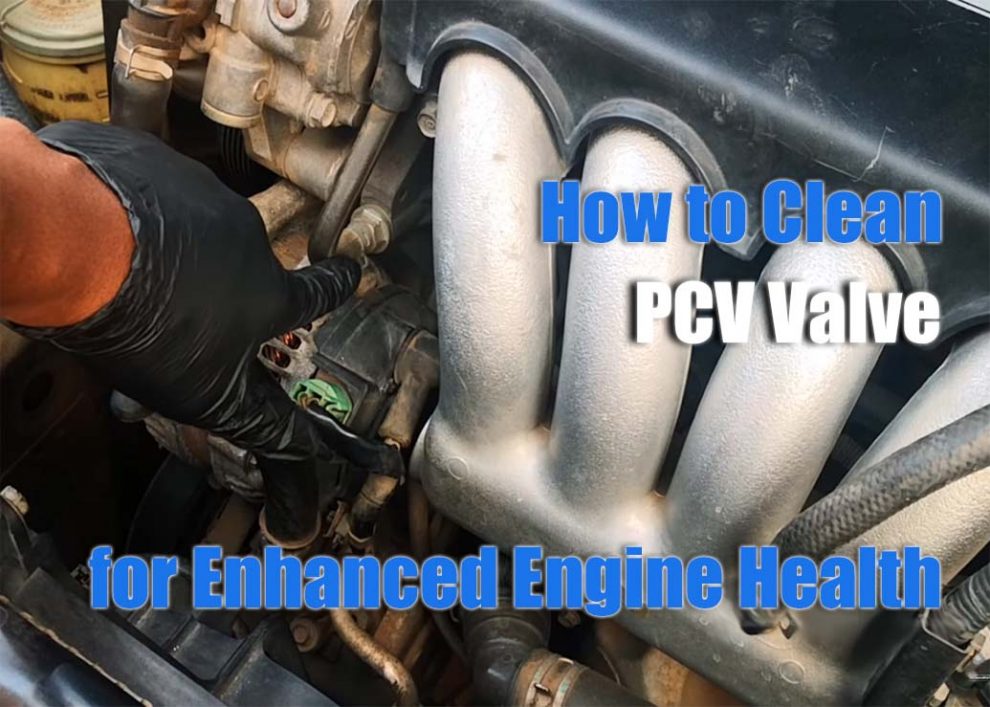The Positive Crankcase Ventilation (PCV) valve is an integral part of your vehicle’s engine system. It serves the purpose of redirecting harmful gases from the crankcase, reintroducing them into the combustion chamber. This process not only reduces harmful emissions but also prevents these gases from causing damage to the engine by leading to oil contamination. Regularly maintaining and ensuring a clean PCV valve is crucial to its efficient function and, by extension, the overall health of your engine.
Signs of a Clogged PCV Valve
Like any other component of your vehicle, the PCV valve can deteriorate over time, leading to reduced efficiency or complete failure. Some telltale signs that indicate it’s time to clean PCV valve include increased oil consumption, noticeable oil leaks, a rough idling engine, and decreased overall engine performance. By understanding and recognizing these symptoms early on, you can ensure timely maintenance and prevent potential extensive damages.
Materials Needed to Clean PCV Valve
Before diving into the cleaning process, it’s essential to gather the necessary materials. A well-prepared workspace can make the process smoother and more efficient. Here’s a list of items you’d need:
- Carburetor cleaner
- A soft, clean rag
- A small brush (an old toothbrush works well)
- Protective gloves
- Safety glasses

Step-by-Step Guide to Cleaning
-
Locate and Remove: Start by locating the PCV valve, typically found on the valve cover. Once identified, gently remove it from its position.
-
Initial Inspection: Check for any visible signs of wear, damage, or excessive clogging. If it seems beyond repair, consider a replacement.
-
Apply Cleaner: Using the carburetor cleaner, spray the valve thoroughly, ensuring all the nooks and crannies are reached.
-
Brushing: With your small brush, scrub away any visible deposits or residue.
-
Rinse and Dry: Once cleaned, give the valve another quick spray with the cleaner and let it air dry.
-
Reinstallation: Once completely dry, carefully reinstall the PCV valve to its original position, ensuring a snug fit.
Post-Cleaning Maintenance Tips
Having a clean PCV valve is just the start; regular maintenance is key. Periodic checks, every few months or alongside oil changes, can be beneficial. Listen to your engine; it often tells you when something’s amiss. Lastly, always ensure to use quality engine oil, as it plays a pivotal role in the longevity and efficiency of components like the PCV valve.
While focusing on components like the PCV valve is crucial, there are other ways to optimize engine performance. One such enhancement is upgrading to a high-quality air intake system. The Best Cold Air Intake for Toyota Corolla, for example, has been lauded for its ability to improve airflow and enhance overall engine efficiency. If this piques your interest, we have a detailed article shedding light on its benefits and features. Remember, a holistic approach to engine care ensures not only its longevity but also peak performance.


Add Comment